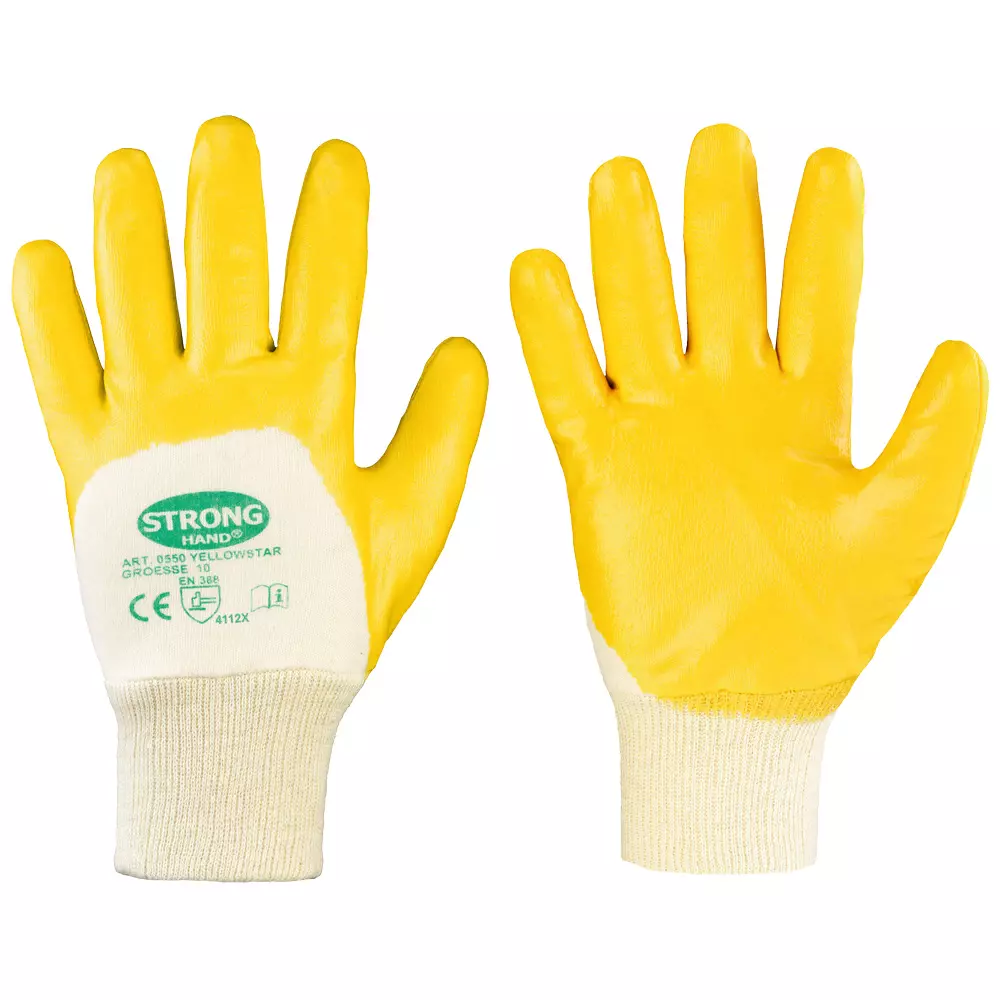The product is not available in Finland
Change the country of delivery or ask for an alternative for product code FEL-0550 by contacting one of our product experts.
Loading products...

Stronghand YELLOWSTAR Gloves
Stronghand YELLOWSTAR Gloves
4.5 / 5
Get help from our experts
You can pay with any of the following popular payment methods:
Get in touch with our customer support if you need help
Get help from our experts